Evaluation of increased feed supply and different fattening strategies for an Ethiopian sheep population by system dynamics modelling

Authors:
Context: The productivity of Ethiopian smallholder farms is considered to be low owing to different factors such as feed shortage, lack of breeding strategies, disease prevalence and missing marketing strategies.
Aim: The main objective of the study was to develop a dynamic, stochastic herd model by adopting system dynamic modelling methodology for evaluation of the effect of increased feed availability (forage production) in combination with different fattening strategies on herd dynamics and profitability of an Ethiopian sheep population.
Methods: Forage production utilising part of smallholder farmers’ cropland was built into a dynamic simulation model. Two alternative feed-supply systems were evaluated: turning 25% and 50% of the current cropland into area used for forage production. The simulation period was 20 years, the first 10 years representing the baseline fattening scenario (culled rams fattened). For the last 10 years, genetic selection was introduced and two scenarios were evaluated: fattening of culled rams (Scenario I) and fattening of young rams (Scenario II).
Key results: Increasing the feed supply resulted in an increase to the herd size when the model balanced dry matter supply and demand of the herd. Fattening of young rams (Scenario II) with genetic selection was significantly more profitable than the baseline and Scenario I in both of the simulated alternative feed-supply systems. This can be used for regular cash generation, which might reduce disposal of animals at lower price in cases of need for emergency cash.
Conclusions: Overall, the simulation model demonstrates that production of improved forage crops should be combined with selective breeding and an appropriate finishing strategy. The competition for resources (land and labour) with crop production, forage seed shortage and extended family size are other challenges raised by smallholder farmers for the feasibility of the two alternative feed-supply systems.
